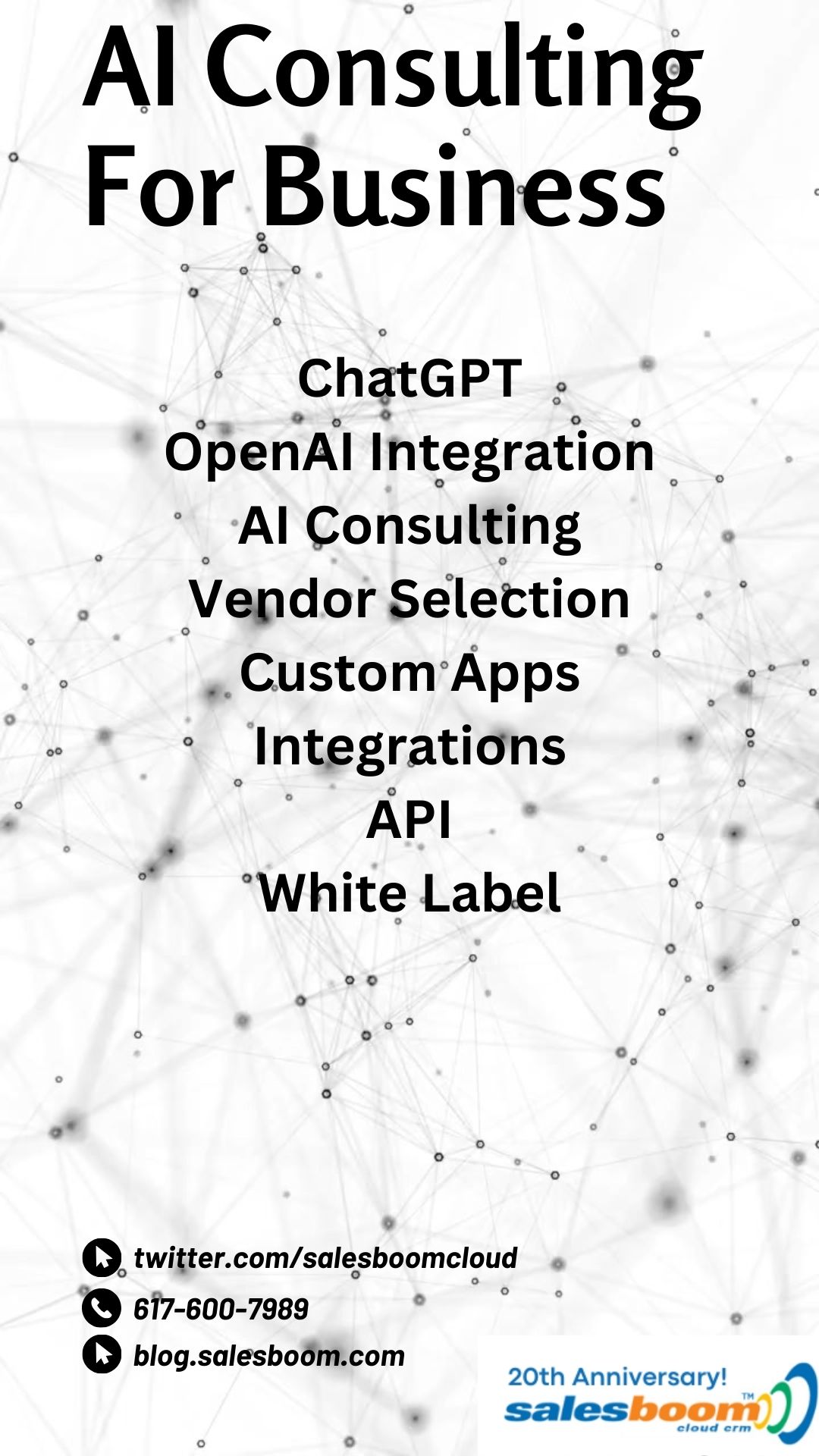Vector database queries for Business
Content:
- Introduction
- Finding Similar Contacts
- Segmenting Contacts
- Personalized Product Recommendations
- Matching Contacts to Campaigns
- Identifying Cross-Selling Opportunities
- Predicting Contact Behavior
- Customer Churn Prediction
- Feedback Analysis
- Locating Expertise Within Network
- Event Targeting
- Analyzing Contact Networks
- Implementation Considerations
- Understanding Customer Sentiments
- Optimizing Customer Support
- Forecasting Sales Trends
- Enhancing CRM Data
- Locating Brand Advocates
- Integrating Offline and Online Data
- Analyzing Network Effects
- Tailoring Content Delivery
- Competitor Analysis
- Event Reaction Analysis
- Additional Points
Let's take a contacts database as an example, and investigate ways to help a business better find, reach out to, and sell to contacts in their contact databse.
Vector Databases shine in handling queries that involve finding similarities, patterns, and relationships in large datasets based on vector similarity rather than exact scalar matches.
For a business looking to leverage a vector database to enhance their interaction with a contacts database, the focus would be on queries that enable them to find, reach out to, and effectively sell to contacts.

By leveraging these queries, businesses can gain deeper insights into their contact database, leading to more personalized, efficient, and effective marketing and sales strategies.
Here's a list of common vector database queries that could be useful:

-
Finding Similar Contacts
To find contacts similar to a particular contact based on attributes (e.g., interests, demographics):
python
target_contact_vector = model.encode('John Doe - interests - demographics')
similar_contacts = vector_database.query_nearest_neighbors(target_contact_vector, number_of_results=10) -
Segmenting Contacts
Group contacts based on similarity in their features (like job titles, interests, locations):
python
group_vectors = vector_database.cluster_contacts(number_of_clusters=5) -
Personalized Product Recommendations
Based on a contact’s previous purchases or interactions, find products they might be interested in:
python
purchase_history_vector = model.encode('Contact Purchase History')
recommended_products = vector_database.query_nearest_neighbors(purchase_history_vector, number_of_results=5) -
Matching Contacts to Campaigns
Match contacts to marketing campaigns likely to resonate with them:
python
campaign_vector = model.encode('Campaign Theme or Content')
targeted_contacts = vector_database.query_nearest_neighbors(campaign_vector, number_of_results=100) -
Identifying Cross-Selling Opportunities
Find customers who might be interested in additional products based on their profile similarity to others who bought those products:
python
product_vector = model.encode('Product Description or Features')
likely_buyers = vector_database.query_nearest_neighbors(product_vector, number_of_results=20) -
Predicting Contact Behavior
Predict how likely a contact is to engage with a particular service or product:
python
engagement_vector = model.encode('Service or Product Description')
engaged_contacts = vector_database.query_nearest_neighbors(engagement_vector, likelihood_threshold=0.8) -
Customer Churn Prediction
Identify contacts that are similar to past contacts who churned, indicating a risk of churning:
python
churned_profile_vector = model.encode('Churned Customer Profiles')
at_risk_contacts = vector_database.query_nearest_neighbors(churned_profile_vector, number_of_results=50) -
Feedback Analysis
Analyze customer feedback and find contacts who might share similar concerns or praises:
python
feedback_vector = model.encode('Customer Feedback')
similar_feedback_contacts = vector_database.query_nearest_neighbors(feedback_vector, number_of_results=30) -
Locating Expertise Within Network
Find contacts with specific expertise or job functions:
python
expertise_vector = model.encode('Specific Expertise or Job Function')
experts = vector_database.query_nearest_neighbors(expertise_vector, number_of_results=10) -
Event Targeting
Identify contacts who would likely be interested in an event based on their profile similarity to past attendees:
python
event_attendee_vector = model.encode('Past Event Attendee Profiles')
potential_attendees = vector_database.query_nearest_neighbors(event_attendee_vector, number_of_results=100) -
Analyzing Contact Networks
Understand how contacts are related or connected to each other, which can be critical for network-based marketing:
python
contact_network_vector = model.encode('Contact Network Features')
related_contacts = vector_database.query_nearest_neighbors(contact_network_vector, number_of_results=50)

Implementation Considerations
-
Preparation: Vectorizing contact data correctly is crucial. This might involve preprocessing and feature selection to ensure meaningful vector representations.
-
Model Choice: The choice of model for encoding data into Vectors can significantly affect query outcomes. Domain-specific models can offer more nuanced Embeddings.
-
Query Tuning: Parameters like the number of results, thresholds for similarity, and methods of calculating distances (e.g., cosine similarity) need careful tuning based on the specific business context.
-
Understanding Customer Sentiments
Analyze sentiments of customer interactions (emails, feedback) to better understand their overall satisfaction or dissatisfaction:
python
sentiment_vector = model.encode('Customer Interaction Text')
customers_by_sentiment = vector_database.query_nearest_neighbors(sentiment_vector, sentiment_threshold=0.7) -
Optimizing Customer Support
Route customer queries to the most appropriate support team based on query content and past resolution success:
python
support_query_vector = model.encode('Customer Support Query')
target_support_team = vector_database.query_nearest_neighbors(support_query_vector, number_of_results=1) -
Forecasting Sales Trends
Predict future sales trends by analyzing contact behavior and purchasing patterns:
python
sales_trend_vector = model.encode('Recent Sales Data and Trends')
trending_contacts = vector_database.query_nearest_neighbors(sales_trend_vector, number_of_results=50) -
Enhancing CRM Data
Enrich existing CRM profiles by finding external or social data that matches or complements the existing contact information:
python
crm_profile_vector = model.encode('Existing CRM Profile Data')
external_data_matches = vector_database.query_nearest_neighbors(crm_profile_vector, number_of_results=10) -
Locating Brand Advocates
Identify contacts whose profile and engagement levels indicate they might be strong brand advocates:
python
advocate_profile_vector = model.encode('Brand Advocate Profile Characteristics')
potential_advocates = vector_database.query_nearest_neighbors(advocate_profile_vector, number_of_results=20) -
Integrating Offline and Online Data
Bridge offline customer interactions with online profiles to create a comprehensive customer view:
python
offline_interaction_vector = model.encode('Offline Customer Interaction Data')
matched_online_profiles = vector_database.query_nearest_neighbors(offline_interaction_vector, number_of_results=10) -
Analyzing Network Effects
Evaluate how contacts influence each other, particularly in decisions like purchases or brand switches:
python
influence_vector = model.encode('Contact Influence and Network Dynamics')
influential_contacts = vector_database.query_nearest_neighbors(influence_vector, number_of_results=50) -
Tailoring Content Delivery
Customize content delivery (like newsletters, promotions) based on the contacts’ interest profiles:
python
interest_profile_vector = model.encode('Contact Interest Profile')
targeted_content_contacts = vector_database.query_nearest_neighbors(interest_profile_vector, content_relevance_threshold=0.75) -
Competitor Analysis
Identify contacts who are engaged with competitors to strategize win-back or competitive positioning campaigns:
python
competitor_engagement_vector = model.encode('Competitor Engagement Data')
contacts_engaged_with_competitors = vector_database.query_nearest_neighbors(competitor_engagement_vector, number_of_results=30) -
Event Reaction Analysis
After a major product release or event, analyze how different segments of contacts are reacting or changing behavior:
python
event_reaction_vector = model.encode('Post-Event Contact Behavior')
reaction_based_segmentation = vector_database.query_nearest_neighbors(event_reaction_vector, number_of_results=100)
Additional Points:
-
Dynamic Profiling: As contacts interact with various facets of a business, their profile Vectors should be updated to reflect new data for real-time relevancy.
-
Ethical Considerations: Ensure that the use of contact data respects privacy and ethical guidelines, especially in scenarios involving personal data and preferences.
Vector Databases offer a powerful tool for businesses to harness the potential of big data, particularly in drawing insights and making data-driven decisions in marketing, sales, and customer relationship management.
These queries illustrate how vector technologies can transform data into actionable intelligence.